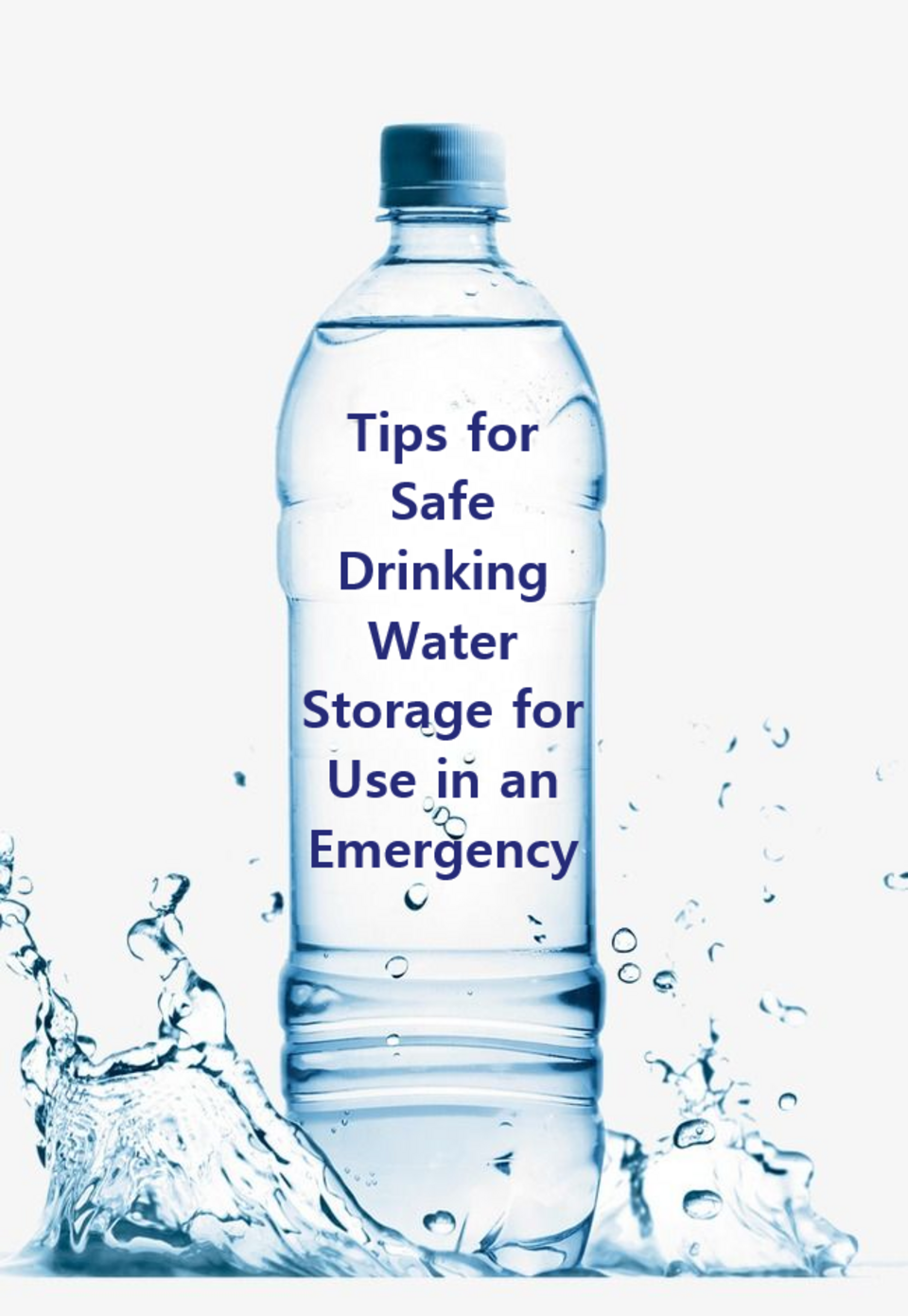Preparing Water for Use in an Emergency

It’s that time of year again in Nebraska, when we can experience severe weather such as flooding, thunderstorms, and tornadoes. These events can create power outages. If you are a private well owner without power your well pump won’t work, therefore you will not have running water and public water customers can also experience disruptions in their water supply.
Having an emergency water supply on hand can be very helpful in these situations. One option is to purchase bottled water, but another option is to prepare and store water from your private or public drinking water source. Your current source of drinking and cooking water is probably suitable for storage. Water to be stored for consumption should be free of bacteria and pathogens.
How Much Water to Store?
While everyone’s needs will differ, the general rule-of-thumb is to store at least one gallon of water per person or pet, per day. Store at least a three-day supply (or three gallons) for each person or pet in your household. Consider storing more water if you have the space to do so.
Containers
It is safest to store water in food grade, durable, unbreakable containers that have secure caps. Food grade glass containers may also be used, but present a risk because they are breakable. Avoid recycling plastic milk containers because traces of fat may remain that can contaminate the water. Wash all containers and lids thoroughly with hot, soapy tap water and rinse everything thoroughly with hot tap water. Containers can be sanitized by pouring 1 quart of water and 1 teaspoon of non-scented bleach into the container, securely cap it and shake well, making sure the entire inner surface of the container has come into contact with the bleach solution. Let the container sit for at least 30 seconds before emptying the solution out. You can either let the container air-dry or rinse with the clean water you plan to store.
Treatment
Bacteria being introduced into the water during the collection and storage process is always a possibility. If the water collected for storage is non-commercially treated water you should consider treating it with bleach after filling your storage container, and definitely before consuming it to kill any pathogens that may exist. Use non-scented, liquid household chlorine bleach that contains at least 4-6% sodium hypochlorite. It is important to use the freshest container of bleach available, preferably not more than three months old.
Add six drops of bleach per gallon of water using a clean, uncontaminated medicine dropper. Securely cap the container and shake to thoroughly mix the water and chlorine, and let it sit for 30 minutes. Uncap the container, if you do not smell chlorine after letting it sit for 30 minutes, add another two drops of bleach per gallon being treated. Cap and shake to mix, and let it sit for another 15 minutes.
Storage
Be sure all containers are securely capped and label each with the date of preparation before storing. Store containers in a cool, dry place away from direct sunlight. Never store any water supplies, particularly those in plastic containers near gasoline, kerosene, pesticides, or similar substances because vapors from some of these products can penetrate plastic. Storage shelving needs to be sturdy and stable because water weighs over eight pounds per gallon. Stored water supplies should be replaced every six months, particularly if water hasn’t been commercially treated.
You can consult the following UNL Extension web pages for more information:
NebGuide: “Drinking Water Treatment – Emergency Procedures” (G1494) http://extensionpublications.unl.edu/assets/pdf/g1494.pdf
Article: “Water Options and Treatment During and Following Flooding”
https://disaster.unl.edu/water-options-and-treatment-during-and-following-flooding
This article was reviewed by Bruce Dvorak and Vicki Jedlicka